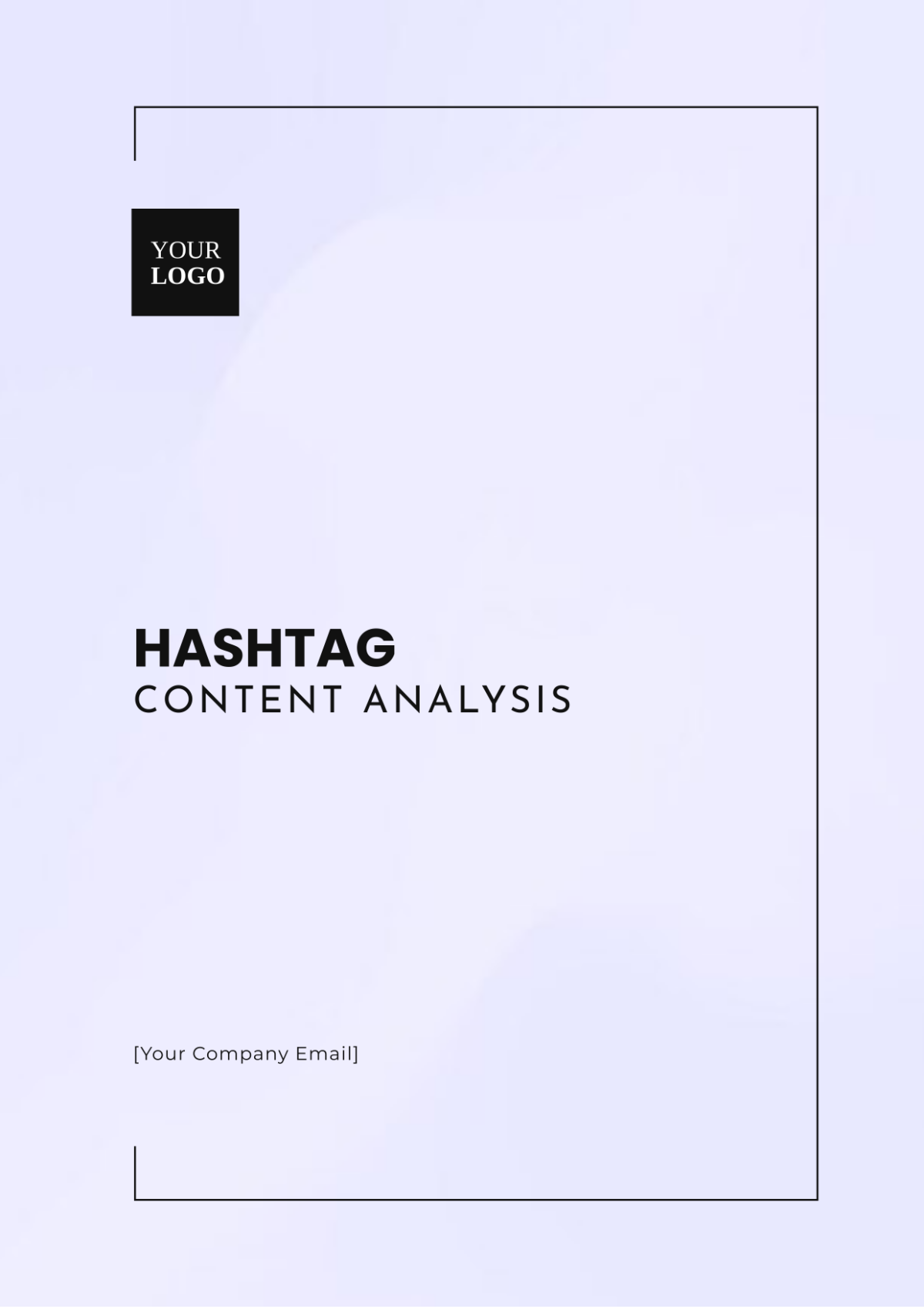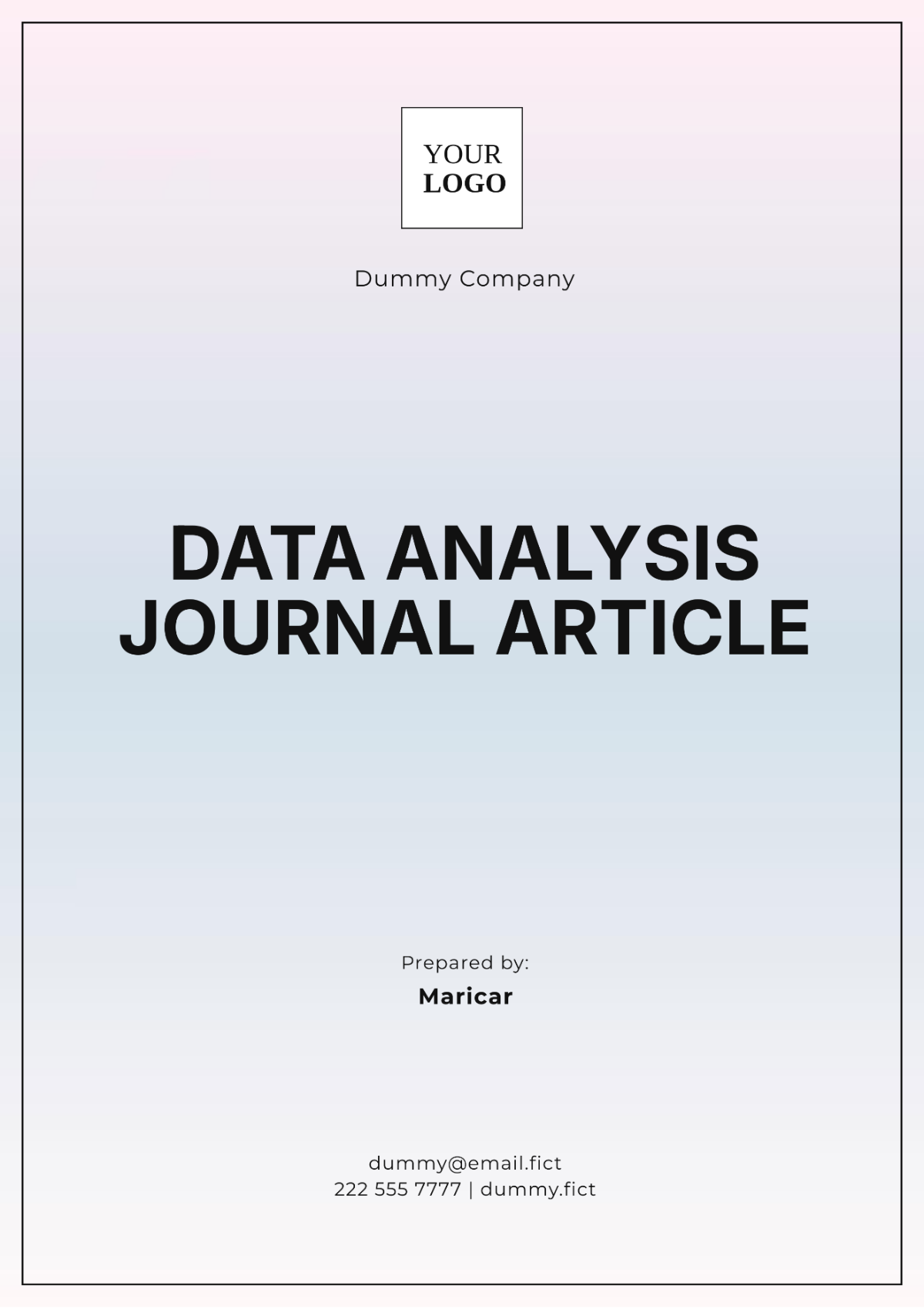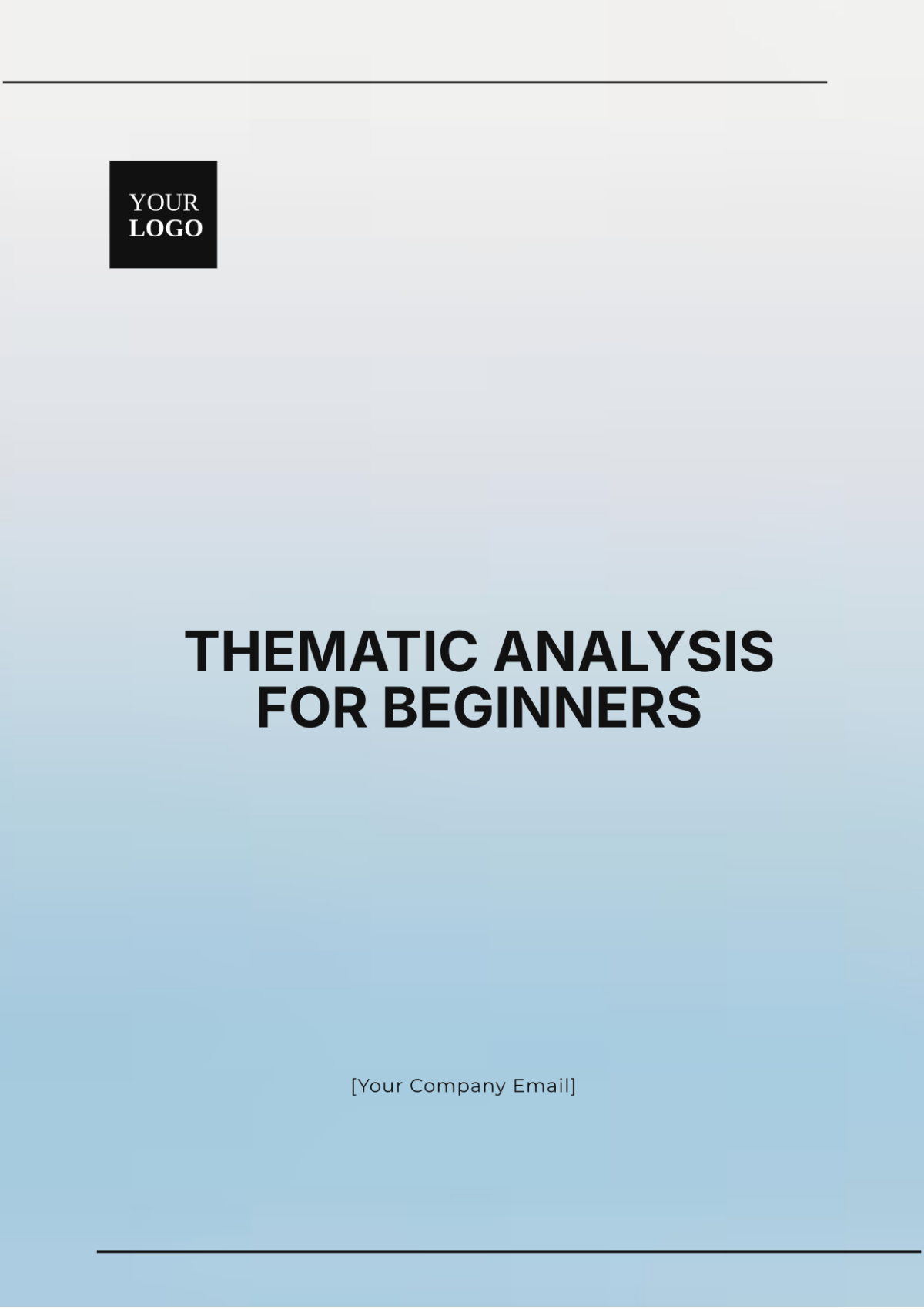Competitive Gap Analysis Report
Prepared By : | [YOUR NAME] |
Company : | [YOUR COMPANY NAME] |
Company Address: | [YOUR COMPANY ADDRESS] |
Contact Email: | [YOUR COMPANY EMAIL] |
I. Executive Overview
This section provides a high-level summary of the competitive gap analysis, outlining the main objectives and key insights.
Client: [Client's Name]
Analyst: [Your Name]
Date of Report: [Report Date]
II. Business Background
Describe the context and background of the business being analyzed. Include relevant historical data, industry positioning, and current challenges.
Industry: [Your Industry]
Years in Business: [Number of Years]
Major Competitors: [Competitor 1], [Competitor 2]
III. Scope of Analysis
Define the scope of this analysis. What aspects of the business and its competitors are being examined?
Competitive Positioning
Market Share Analysis
Product Offerings Comparison
IV. Methodology
Detail the methodology used for conducting the competitive gap analysis.
Framework Used: Competitive Analysis Framework
Analytical Tools: SWOT Analysis, Porter's Five Forces
Data Sources: Market Research Reports, Company Financial Statements
V. Analysis Findings
Discuss the findings from the analysis concerning each scope item defined.
A. Competitive Positioning
Detail: Our company lags behind Competitor 1 in market penetration.
Impact: This could be attributed to their aggressive marketing strategy.
TABLE 1: Competitive Positioning Analysis
Criteria | Our Company | Competitor 1 | Competitor 2 |
|---|---|---|---|
Market Penetration | 25% | 35% | 30% |
Brand Recognition | Moderate | High | Moderate |
Customer Loyalty | 40% | 50% | 45% |
B. Market Share Analysis
Detail: Competitor 2 holds a larger market share in the youth demographic.
Impact: Targeting this demographic could lead to significant growth opportunities.
TABLE 2: Market Share Analysis
Demographic Segment | Our Company | Competitor 1 | Competitor 2 |
|---|---|---|---|
Youth | 20% | 30% | 40% |
Adults | 50% | 40% | 30% |
Seniors | 30% | 30% | 30% |
C. SWOT Analysis Results
After conducting a comprehensive SWOT analysis, the following insights have been identified:
Strengths:
Strong brand reputation and recognition in the market.
Diversified product portfolio catering to various customer segments.
Robust distribution network with wide geographic coverage.
Weaknesses:
Limited online presence compared to competitors.
Reliance on a single supplier for critical raw materials.
High employee turnover affects productivity and morale.
Opportunities:
Growing demand for eco-friendly products presents an opportunity to expand the product line.
Strategic partnerships with complementary businesses to enhance market reach.
Emerging markets offer potential for expansion and growth.
Threats:
Intense competition from established players in the industry.
Economic downturns impact consumer spending habits.
Regulatory changes affecting industry standards and compliance.
VI. Strategic Recommendations
Provide strategic recommendations based on the findings.
Increase Marketing Efforts: Launch targeted campaigns to improve market penetration.
Expand Product Line: Introduce new products to appeal to the youth demographic.
VII. Conclusion
Summarize the competitive gap analysis, reiterating the value brought to the client through this detailed examination.
Summary: Identifying gaps and opportunities for improvement is crucial for maintaining competitiveness in the market.
Future Considerations: Continuous monitoring of competitors and market trends is recommended.
VIII. Appendices
Attach any additional documents, data, or detailed analysis that supports the findings and recommendations in the report.
Appendix A: SWOT Analysis Results
Appendix B: Market Share Comparison Chart

















































